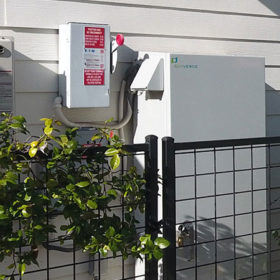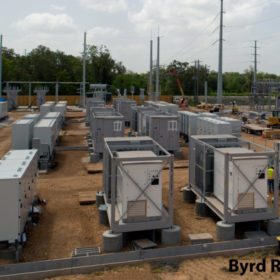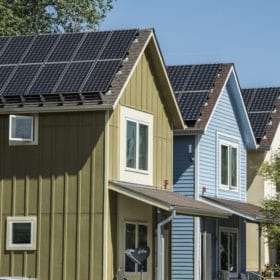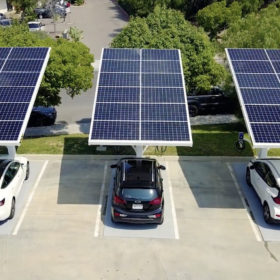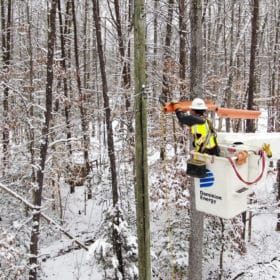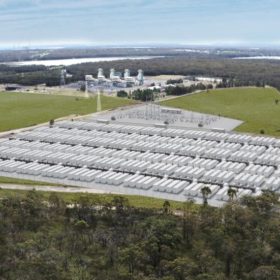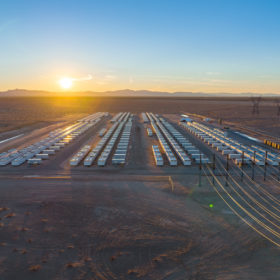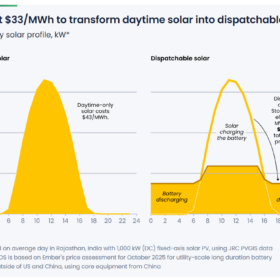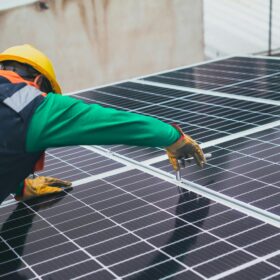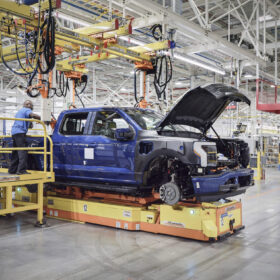ComEd to roll out residential energy storage systems for grid resiliency in northern Illinois
Initial demonstration projects are focused on select customers that have experienced outages in recent years.
Byrd Ranch 50 MW energy storage facility begins operations in southern Texas
The 1-hour power dispatch from Byrd Ranch battery energy storage system will help manage stress and volatility on the ERCOT grid.
Sunrise brief: Solar under test in extreme Arctic conditions
Also on the rise: Solar-plus-storage for low-to-middle income residents in Hawaii. Community solar continues to spread in New York. And more.
Off-grid solar plus storage EV ARC systems to be deployed by Puerto Rico government agencies
Puerto Rico’s power grid requires more than $130 billion in repairs after recent hurricanes. Solar and storage companies have provided distributed energy solutions in the aftermath of increasing storms.
Canadian Solar ships 6 GW of solar panels in strong Q3 22, with revenue a 57% yearly increase
Subsidiary CSI Solar, which produces about 10 bifacial and mono solar module models, remains on track to list on the Shanghai Stock Exchange in early 2023.
UConn receives $4.4 million solar-plus-batteries predictive resilience grant
The University of Connecticut’s Eversource Energy Center will develop technologies to shorten power outages.
Powin, BlackRock start working on world’s largest battery
US battery specialist Powin and US investment firm BlackRock have started work on a 909 MW/1,915 MWh battery energy storage system (BESS) in Australia. Construction is set to begin in 2023 and will finish by mid-2025.
CSI Energy Solutions signs 2.6 GWh battery agreement with UBS in North America
Batteries provided by CSI are central to UBS’ energy storage strategy and part of the expansion of its US infrastructure business
Solar-plus-storage SEIA code proposals for risk designation receive preliminary ICC approval
Without the SEIA proposals, solar-plus-storage projects would have needed to meet FEMA code S76-22 approval for Risk Category 4 , a risk category reserved for hospitals, fire, police and emergency services.
ESS tapped by Consumers Energy for Michigan microgrid battery deployment
The microgrid helps the utility achieve goals laid out in the Michigan Department of Environment’s Energy Storage Roadmap to spur installation of 1 GW of energy storage projects by 2025 and 4 GW by 2040.
